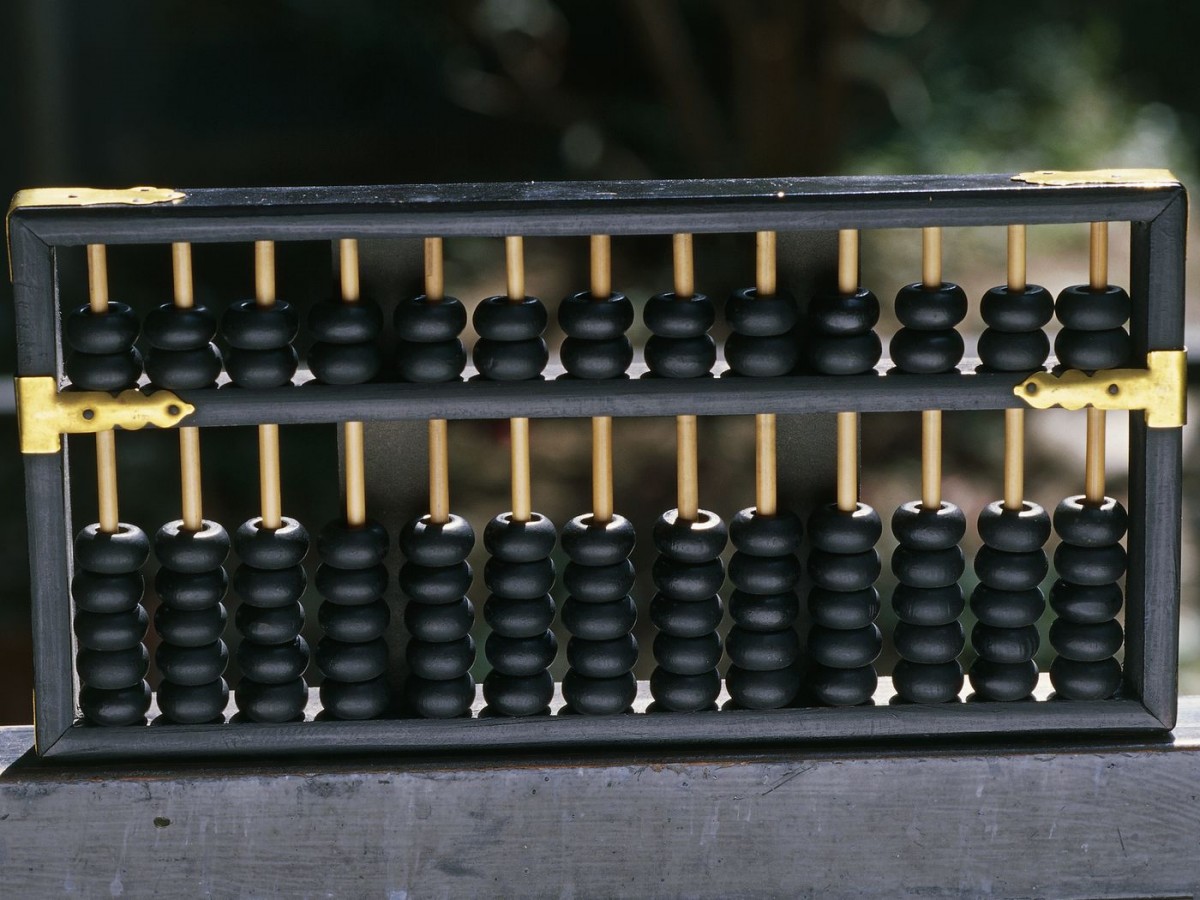The abacus, often regarded as one of the earliest computing devices, has stood the test of time as a powerful tool for mathematical calculations. Despite the advancements in modern technology, the abacus continues to be used around the world, especially in educational settings, to enhance numerical skills and mental arithmetic. But how does this ancient counting tool work? Let’s delve into the mechanics of the abacus and uncover its fascinating operation.
Structure of the Abacus:
The abacus typically consists of a rectangular frame with vertical rods or wires running through it. Each rod represents a place value, such as units, tens, hundreds, and so on, depending on the type of abacus. Along each rod, there are movable beads that can be manipulated to perform calculations.
Place Value System:
At its core, the abacus operates on the principles of the place value system, where the value of a digit depends on its position within a number. For example, in the decimal system, the rightmost digit represents units, the next digit represents tens, and so forth.
Basic Operations:
Addition, subtraction, multiplication, and division can all be performed on the abacus with relative ease. To add or subtract, users move the appropriate beads up or down to represent the numbers being added or subtracted. Multiplication and division involve more advanced techniques but can still be accomplished efficiently with practice.
Bead Placement:
Each bead on the abacus represents a specific value based on its position relative to the frame. Beads in the lower section of a rod represent single units, while beads in the upper section represent multiples of ten, hundred, or other place values depending on the rod’s position.
Visual Representation:
One of the key benefits of the abacus is its ability to provide a visual representation of numerical concepts. By physically moving beads on the abacus, users can visualize mathematical operations and gain a deeper understanding of arithmetic principles.
Mental Calculation:
Beyond its practical use as a physical counting tool, it also serves as a powerful aid for mental calculation. Through repetitive practice and visualization, users can develop strong mental arithmetic skills, enabling them to perform complex calculations quickly and accurately.
Cultural Significance:
The abacus holds significant cultural importance in many parts of the world, particularly in Asian countries such as China, Japan, and Korea, where it is still widely used in education and commerce. It represents a heritage of mathematical innovation and serves as a symbol of intellectual prowess and tradition.
In conclusion, the abacus is a versatile and efficient tool for mathematical computation that has stood the test of time. Its simple yet ingenious design enables users to perform complex calculations with ease while enhancing numerical skills and mental agility. Whether used as a physical counting device or as a mental aid, it continues to play a valuable role in mathematics education and beyond.











